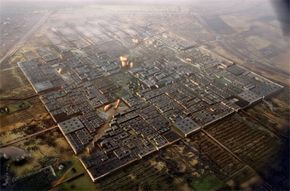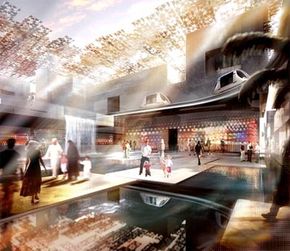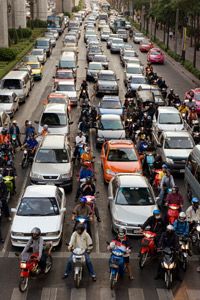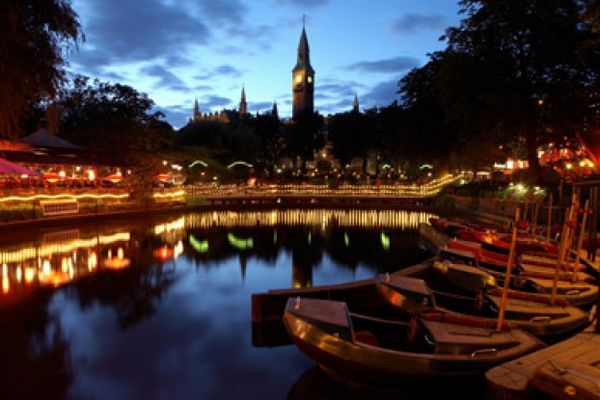Looking to reduce your "carbon footprint?" You're not alone. These days, many people are thinking about the amount of energy they use and the harmful carbon dioxide released into the atmosphere. But if you're like many people, your carbon consciousness may begin and end with your passing interest in purchasing ahybrid vehicle.
Not so for Abu Dhabi, the capital of the United Arab Emirates (UAE) and the fourth largest source ofoilin the world. The city is raising the bar for environmental stewardship. Given the fact that it has the fourth largest carbon footprint in the world, Abu Dhabi and its government have big shoes to fill, so to speak. The city's environmental efforts have resulted in grand plans to build a nearby city that will be entirely carbon neutral and will produce no waste. Ironically, the affluent Abu Dhabi government plans to build Masdar City essentially on money it earned fuelling carbon emissions all over the world. To attain this zero-carbon and zero-waste goal, it plans to use the cutting-edge technology ofsustainable design, which strives to reduce harmful environmental impact as much as possible.
Advertisement
As part of their Masdar Initiative (masdar meaning "the source" in Arabic), an effort to further the research and implementation of sustainable construction, the Abu Dhabi government will build this city on a nearby 2.3 square-mile site (six square kilometers), adjacent to its internationalairportat an estimated cost of $22 billion [source:Revkin, Masdar]. The Abu Dhabi government unveiled this plan in January 2008. It projected the city will eventually be able to sustain 50,000 residents and more than 1,000 businesses [source: Walsh]. Less than a month later, it broke ground in construction of the city and hopes to complete the project by 2016.
But keeping the city sustainable will be a difficult challenge for the British architects Foster + Partners, as the climate in this designated area is not exactly mild. Temperatures can get as high as 122 degrees Fahrenheit (50 degrees Celsius), and structures will need to cool themselves without reliance on energy from fossil fuel. And what kind of transportation will be put in place so that people can get around without cars? Read the next page to learn about the grand plan.
Advertisement




